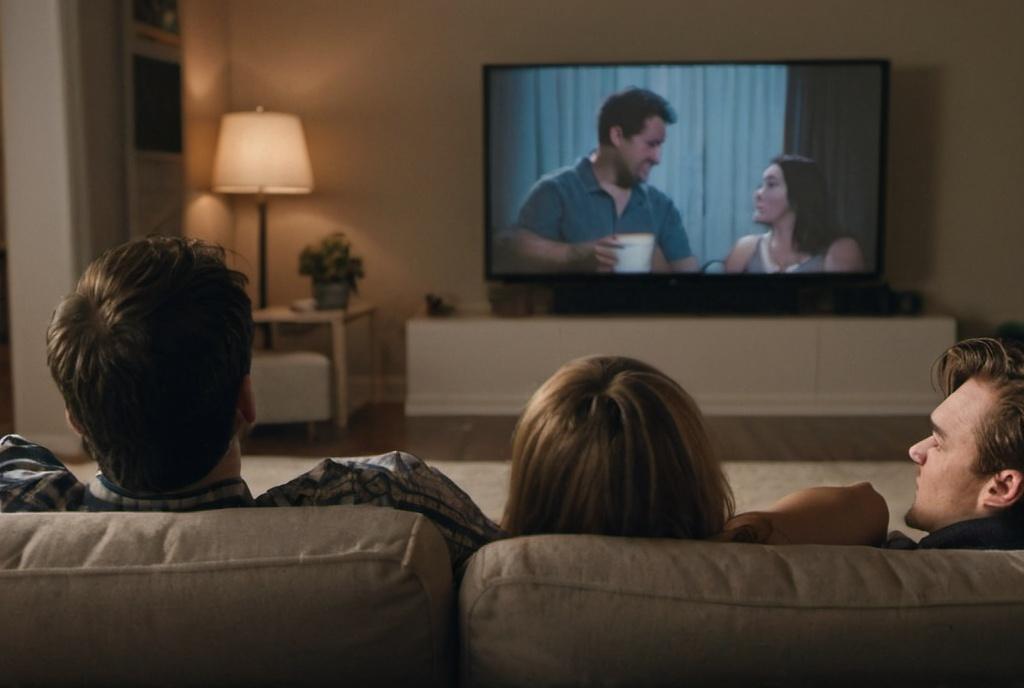
Key Take Aways About understanding camera lenses
- Camera lenses are crucial for transforming cinematic scenes.
- Prime lenses offer sharp images with fixed focal lengths; zoom lenses provide variable focal lengths.
- Focal length impacts scene perspective; wide-angle for expansive views, telephoto for close-ups.
- Aperture in f-stops affects light and depth of field; lower f-stops for shallow focus, higher f-stops for deeper focus.
- Lens filters enhance images by reducing glare and adjusting colors; ND and polarizing filters are common.
- Lens choice depends on storytelling needs and directors’ preferences.
- Iconic directors use lenses creatively to evoke tones and emotions.

The Basics of Camera Lenses in Cinema
When thinking of cinema, the story, acting, and direction often spring to mind. But lurking behind maybe every memorable scene is the lens through which it’s captured. The right camera lens can transform an ordinary scene into something extraordinary. Today we’re diving into the world of camera lenses, peeling back the layers to understand bit by bit what makes them such a crucial piece of the cinema puzzle.
Types of Lenses: Prime and Zoom
Camera lenses fall into two main categories: those that zoom and those that don’t. *Prime lenses* have a fixed focal length, meaning they can’t zoom in or out. You get a single field of view. They tend to offer sharper images with a wider aperture, making them ideal for low-light situations and that dreamy, blurry background effect known as bokeh. Zoom lenses, on the other hand, provide a range of focal lengths. They’re like the Swiss Army knives of lenses, allowing filmmakers to switch between close-ups and wide shots without changing lenses.
Focal Length: The Heart of Perspective
The focal length, measured in millimeters, is effectively the lens’s eye. It determines how much of the scene is captured and how subjects appear in relation to each other. Wide-angle lenses (e.g., 18mm) capture more of the scene, while telephoto lenses (e.g., 200mm) bring distant objects closer. For instance, using *wide-angle lenses* makes rooms appear larger—a nifty trick if you’re working with limited set space. A telephoto lens might be your go-to for that intense hero moment, isolating the character against a blurred background.
Aperture and Depth of Field
Aperture works like the pupil of your eye, controlling how much light hits the camera sensor. It’s measured in f-stops. A lower f-stop number (like f/2.8) means more light enters the lens, which is handy in low-light scenarios. It also gives a shallower depth of field, so you can focus on your lead actor’s emotive face while everything else melts into a soft blur. Higher f-stops like f/16 are perfect for scenes where you want everything from foreground to background in sharp focus.
The Role of Lens Filters
Lens filters might sound like extras, but they often become the unsung heroes of cinematic magic. They can protect the lens, reduce glare, and even correct colors. ND filters are like sunglasses for your camera, reducing light without affecting the colors. They’re essential for shooting in bright conditions while keeping a wide aperture. Polarizing filters, on the other hand, boost colors and reduce reflections—a secret weapon for shooting outdoor scenes, making the sky pop and those moody water reflections, well, reflect.
Choosing the Right Lens for the Scene
Picking the ideal lens often boils down to the story you’re trying to tell. A romantic sunset scene might benefit from a wide lens paired with a warm filter, capturing the grandeur of the moment. An action sequence, though, might cry out for a telephoto lens, putting the audience right in the middle of the tension. Savvy directors often have a lens preference and will pick based on both the emotion of the scene and the practicalities of the shoot.
Case Study: Cinematic Greats
To wrap it up, let’s peek at how some iconic directors used lenses. Stanley Kubrick was known for his meticulous use of wide-angle lenses, particularly in “A Clockwork Orange” where he used them to create an unsettling tone. Quentin Tarantino, on the other hand, loves a good close-up, often using telephoto lenses to capture his characters’ frenetic energy, as seen in “Pulp Fiction.”
The Bottom Line on Lenses
Camera lenses are more than just a piece of equipment; they’re tools that shape how stories unfold on screen. Whether it’s a tense drama or a sweeping epic, lenses influence how an audience connects to a film. The choice becomes an art form in itself, allowing filmmakers to craft each shot exactly as they envision. Understanding the quirks and capabilities of different lenses can elevate any film production, big or small. Without a doubt, the right lens brings the director’s vision to life—literally.



